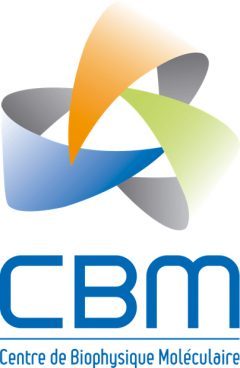Software is more than just code. It is time to confront the complexities of icenses, uses, governance, infrastructure and other facets of software in science.
A lire aussi
2025, November 5 - Thesis defense by Clémence Couton
31 October 2025
par Isabelle Frapart
5 novembre 2025 - Soutenance de thèse de Clémence Couton
31 October 2025
par Isabelle Frapart
2025, November 7 - Alexandre d'Halluin seminar
28 October 2025
par Isabelle Frapart
